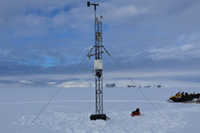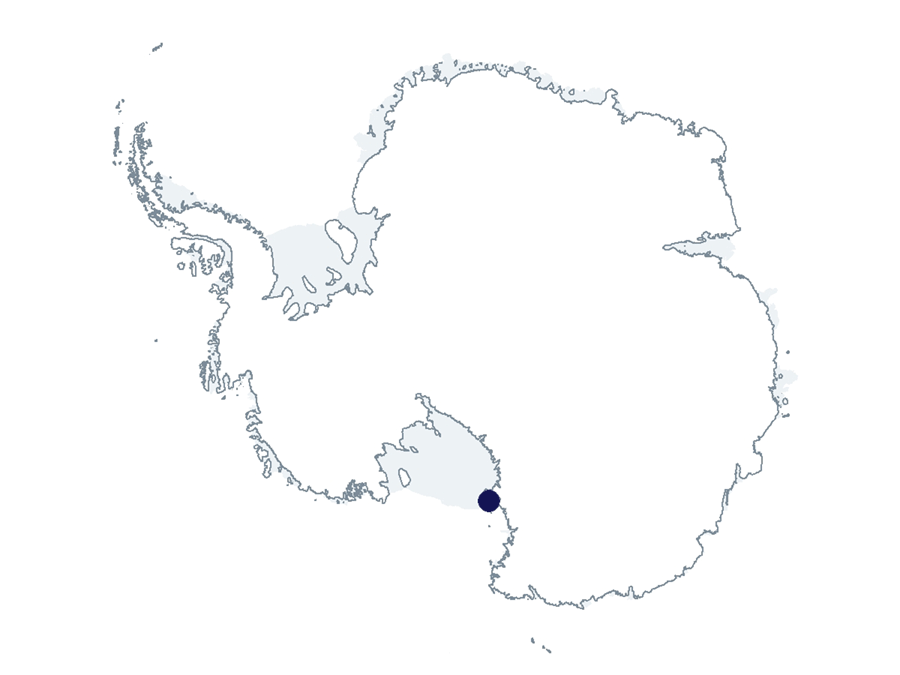2021-2022 USAP Field Season
Project Detail Project TitleCollaborative Research: Antarctic automatic weather station program Summary
Event Number:
Program Director:
ASC POC/Implementer: Principal Investigator(s)
Dr. Matthew Lazzara
Location
Supporting Stations: McMurdo Station DescriptionThe Antarctic Automatic Weather Station (AWS) network has been making meteorological observations since the early 1980s. This continent-wide network is positioned to observe significant meteorological events in real-time and increase our understanding of the climate of the Antarctic surface. The activities for this project will be focused on the care of the AWS network, the establishment of an advisory board, student engagement, and outreach activities. This project aims to continue to maintain and operate the AWS network. This effort will upgrade the real-time AWS processing, keep abreast of evolving communication methods, and have the data distributed widely. Prior NSF investments in the Polar Climate and Weather Station will be leveraged with the development of a more robust version that can be reliably utilized year-round in Antarctica. The observations will be quality-controlled and placed into a database where the public will be able to search and select observations. A test system of different radiation shields (with and without aspiration) will be deployed for one year at South Pole Station. This is to resolve conflicting radiation shield bias corrections of historical data, but also to inform optimal setup for temperature observations going forward. The project will be advised by a group of peers with the development of an AWS Advisory Board. A concerted effort to engage the public will be undertaken via scaled-up interactions with television meteorologists from several states across the United States to bring Antarctica to the public. Field Season OverviewA science team of two will deploy from late-November to mid-January. Team members will visit the AWS sites on Ross Island, in West Antarctica, on the Ross Ice Shelf, at Williams Field and Phoenix airfield, and at Windless Bight. Antenna rigger and vehicle support will be provided at the Alexander Tall Tower AWS. The team will repair any AWS stations that developed problems during the austral winter and will make upgrades, if time allows. One McMurdo Station research associate provides year-round support. |
2021-2022 Science Planning Summaries



For USAP Participants |
For The Public |
For Researchers and EducatorsContact UsNational Science FoundationOffice of Polar Programs Geosciences Directorate 2415 Eisenhower Avenue, Suite W7100 Alexandria, VA 22314 Sign up for the NSF Office of Polar Programs newsletter and events. Feedback Form |



